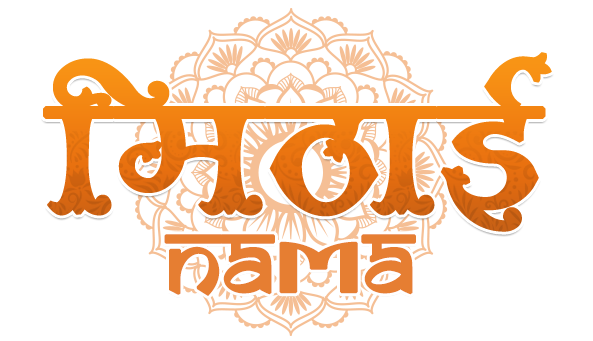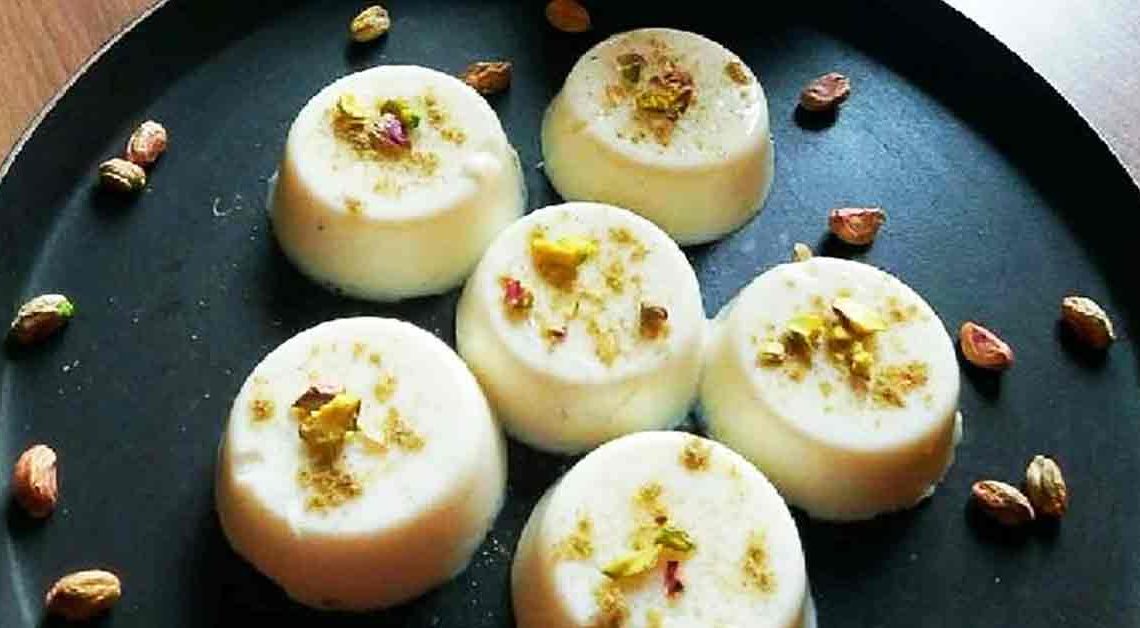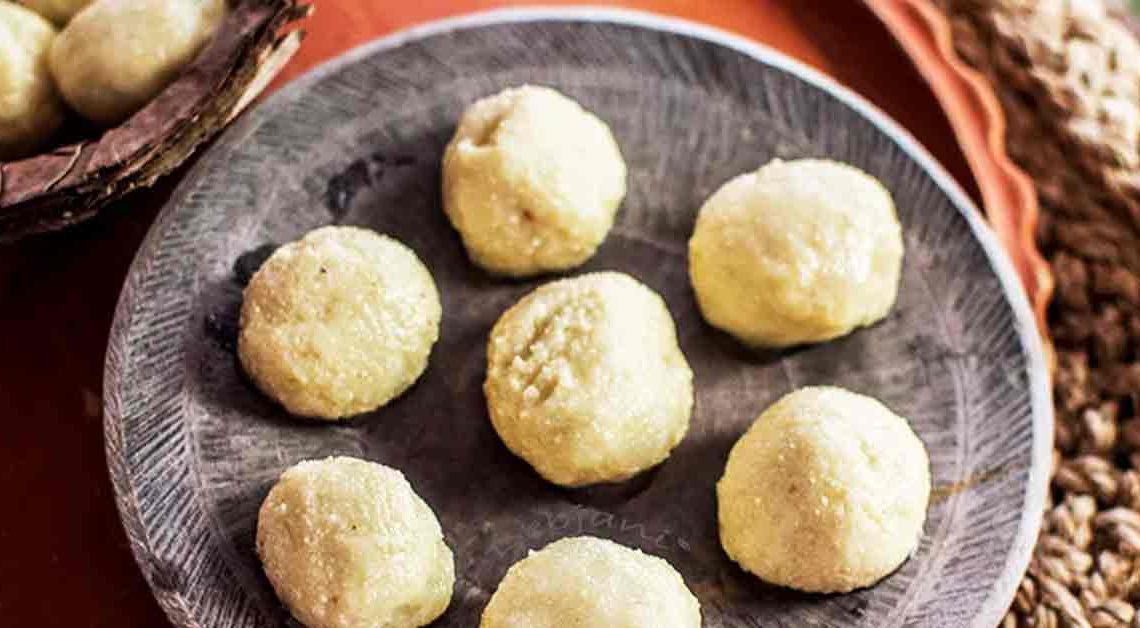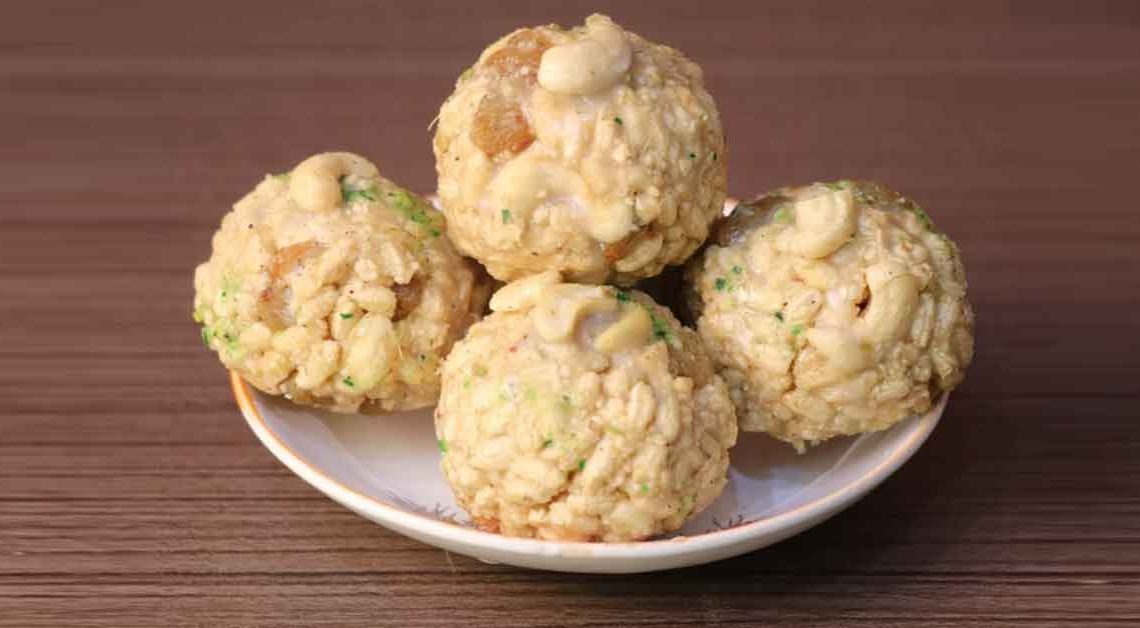Poppy Seeds Paradise: A Journey Through Khas Khas Ka Halwa
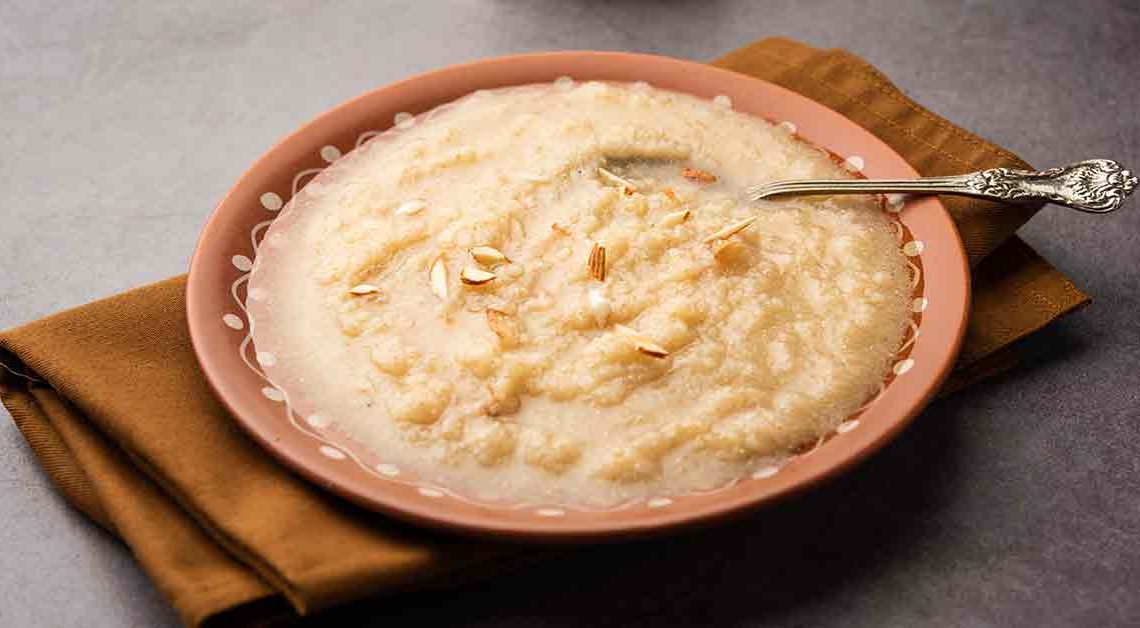
Welcome to a delectable odyssey through the enchanting world of Indian desserts on Mithainama! Today, we’re diving into the heartwarming, aromatic, and utterly divine realm of Khas Khas Ka Halwa. This sweet treat is not just a dessert; it’s a piece of culinary art, a tradition, and a burst of flavor that captures the essence of India.
Khas Khas, also known as poppy seeds, has long been cherished for its unique nutty flavor and rich, velvety texture. When transformed into a halwa, it takes on a whole new dimension of delight. Picture a dessert that’s as golden as a sunset, as fragrant as a meadow in full bloom, and as indulgent as a royal feast.
In this blog, we’ll embark on a flavorful adventure. We’ll uncover the history of it, explore the regional variations, and share stories of how it’s an integral part of celebrations and festivals.
Get ready to tantalize your taste buds, awaken your senses, and embark on a sweet journey you won’t soon forget. Join us as we celebrate the magic of halwa, one delectable spoonful at a time.
Origin of Khas Khas ka Halwa
The origin can be traced back to the rich culinary traditions of India. This delectable dessert has been a part of Indian cuisine for centuries and is believed to have evolved over time, incorporating regional variations and flavors.
The use of poppy seeds (Khas Khas) in Indian cooking can be attributed to ancient Ayurvedic practices. Poppy seeds have been recognized for their medicinal properties and were used in various culinary and medicinal preparations. Over time, these tiny seeds found their way into Indian sweets, and the concept of making halwa from them took root.
While it’s difficult to pinpoint an exact time and place of origin, it has been prepared and relished across different regions of India. In various parts of the country, you can find different renditions of this delectable dessert.
History of Khas Khas ka Halwa
Poppy seed halwa, boasts a rich history deeply intertwined with the culinary tapestry of India. This delightful dessert’s origins can be traced back to ancient times when poppy seeds were celebrated for their unique flavor, versatility, and medicinal properties.
Historical records suggest that the use of poppy seeds in Indian cuisine dates back to the Vedic period, where they were employed for both culinary and therapeutic purposes. Over the centuries, this versatile ingredient found its way into various regional Indian sweets, ultimately evolving into it.
During the Mughal era, Indian cuisine witnessed significant refinement, and the art of making halwa, including Khas Khas halwa, was no exception. Mughal emperors and their chefs played a pivotal role in the development of this dessert, elevating it to new heights of sophistication and flavor. The addition of aromatic spices, saffron, and ghee became integral to the recipe, transforming it into a royal delicacy.
Cultural Significance
Poppy Seed Halwa carries profound cultural significance in India, representing more than just a sweet dish; it symbolizes tradition, celebration, and the richness of Indian heritage. Here are some aspects of its cultural importance:
Festive Occasions: It holds a prominent place in Indian festivities. It is often prepared during auspicious events like weddings, festivals, and religious ceremonies. Its presence on the menu symbolizes joy, abundance, and togetherness.
Ayurvedic Roots: Poppy seeds, a key ingredient in it, have been valued in Ayurvedic medicine for their perceived health benefits. In this context, the dessert symbolizes the ancient wisdom of using food not only for pleasure but also for well-being.
Historical Influence: Like many other Indian sweets, it has been influenced by historical events and exchanges, particularly during the Mughal era. The incorporation of rich ingredients and flavors from this time continues to influence its preparation and popularity.
Where is Khas Khas ka Halwa Famous?
Khas Khas ka Halwa, also known as poppy seed halwa, is a dessert that is famous and enjoyed in various regions of India. While it may not be equally popular throughout the entire country, it has its own regional variations and strongholds. Here are some regions where it is particularly famous:
North India: It is widely enjoyed in the northern states of India, including Punjab, Haryana, Uttar Pradesh, and Rajasthan. In these regions, it is a popular dessert during weddings, festivals, and special occasions.
Rajasthan: Rajasthan, in particular, is known for its rich and aromatic version of it. The dessert is often prepared during festivals like Diwali and weddings, and it’s characterized by its use of ghee (clarified butter) and an abundance of dry fruits in the recipe.
Uttar Pradesh: This state also has a strong tradition of making and savoring Poppy Seed Halwa, especially during festivals and ceremonies.
Interesting Facts and Trivia
It is a delicious and culturally significant Indian dessert with a rich history and unique characteristics. Here are some interesting facts and trivia related to this delightful sweet:
- In North India, it is often served at weddings and other special celebrations. It is considered a symbol of prosperity and happiness and is believed to bring good luck to the newlyweds.
- There are regional variations of this halwa throughout India. In the south, for example, it might include ingredients like coconut and jaggery, adding a unique regional flavor.
- In traditional Indian medicine, poppy seeds are believed to have calming and sleep-inducing properties. This may explain the tradition of serving at weddings to help the couple relax and sleep well before their big day.
- The poppy seeds in this halwa contribute a unique nutty flavor and a delightful texture, making it stand out from other Indian sweets.
- The garnishes for halwa can vary widely. It’s common to top the halwa with chopped nuts like almonds, cashews, and pistachios, as well as fragrant spices such as cardamom.
Did You Know?
Khas Khas ka Halwa, besides being a delectable Indian dessert, offers a surprising array of health benefits when consumed in moderation. Here’s why indulging in this sweet treat can be good for you:
- Poppy seeds, the star ingredient, are a treasure trove of essential nutrients. They are a great source of calcium, iron, magnesium, and dietary fiber, all of which contribute to overall well-being.
- The dietary fiber in poppy seeds aids in digestion and can help alleviate common digestive issues. It may provide relief from constipation and promote a healthy digestive system.
- The natural sugars in the dessert, combined with the richness of ghee, offer a quick energy boost. It’s a favorite treat for those looking to replenish their energy levels.
- The calcium content in poppy seeds can contribute to better bone health and help prevent conditions like osteoporosis.
- The magnesium in poppy seeds plays a role in maintaining heart health by regulating blood pressure and supporting overall cardiovascular function.
